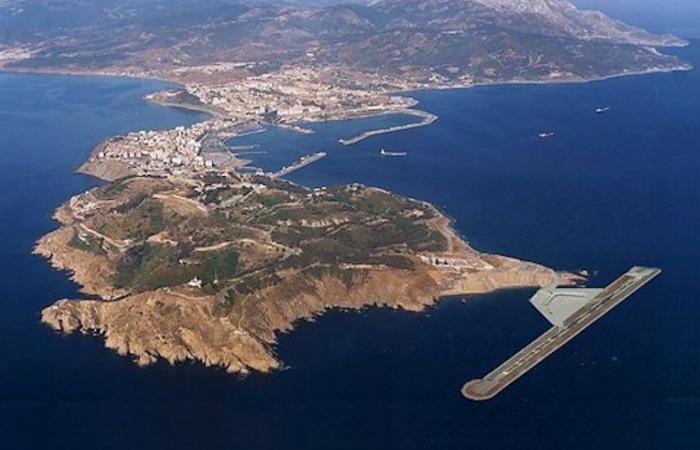The Autonomous City of Ceuta, strategically nestled in North Africa and physically separated from the Iberian Peninsula, faces multiple structural challenges. Among them, one stands out for its direct impact on the economy, mobility and social cohesion: the urgency of improving and reinforcing its maritime and aerial connections with the rest of the Spanish territory.
A logistics bottleneck
For years, the main route of entry and exit of Ceuta has been maritime transport from Algeciras. However, the almost exclusive dependence of this port has generated a logistics bottleneck. Delays in crossings, little frequency in certain time slots, adverse weather conditions and a port infrastructure with improvement margins have limited the economic potential of the city.
Air connectivity: a missed opportunity
While Melilla has opted for the development of aerial connections with Malaga, Almería and Madrid, Ceuta still lacks an airport. The helipad, although useful, cannot be compared to the logistics, tourist and commercial possibilities offered by a regional airport.
The absence of aerial connections limits the mobility of Ceuti and reduces the opportunities for economic and tourist development. For many companies, the lack of direct access is an obstacle that discourages its implementation.
Is an airport possible in Ceuta?
Despite orographic and space difficulties, there are viable proposals to provide Ceuta with a functional air infrastructure. One of the most studied alternatives in recent years is the construction of a landing floor on an artificial platform in the sea, similar to the Kansai airport model in Japan or Gibraltar, although on a reduced scale.
This floating airport could be located in front of the southern bay or east of the city, connected by a viaduct or tunnel. While it is an ambitious and high cost project, its transformative impact would be immense: it would allow short and medium range flights with light aircraft, offering rapid connections with Malaga, Seville or Madrid.
Another possibility, less expensive but equally functional, would be to enable a base of operations for Stol aircraft (short -cutting and landing), such as those used in remote areas of Scotland or Alaska. These could operate from a reduced size track, combining efficiency with lower environmental impact.
Technical and environmental viability must be carefully evaluated, but the debate should already be at the table.
Repercussions on employment and development
The improvement in especially aerial connectivity would have immediate effects on the attraction of talent, on the growth of the tourism sector and in the improvement of business fabric. It would also allow Ceuta to position themselves as a strategic hub between Europe and North Africa.
In addition, the logistic costs suffered by Ceuti companies would be relieved, the social isolation of their citizens would be reduced and a new way for cooperation with other peripheral regions would be opened.
Towards a structural solution
The solution is not unique or immediate, but it must begin with political will. The central government must assume that territorial continuity is not a privilege, but a right. Investments in maritime and aerial infrastructure should be part of a global strategy for the sustainable development of Ceuta.
Conclusion
Ceuta needs a qualitative leap in its infrastructure to stop being a disconnected periphery. An airport, although technically complex, is possible and can represent a turning point in the future of the city. Betting on connectivity is to bet on development, equal opportunities and true territorial integration.
Ceuta’s opinion is now reflected only in its publishers. freedom of expression, freedom in general, is a maximum of philosophy of this medium that can share or not the opinions of its joints
--





